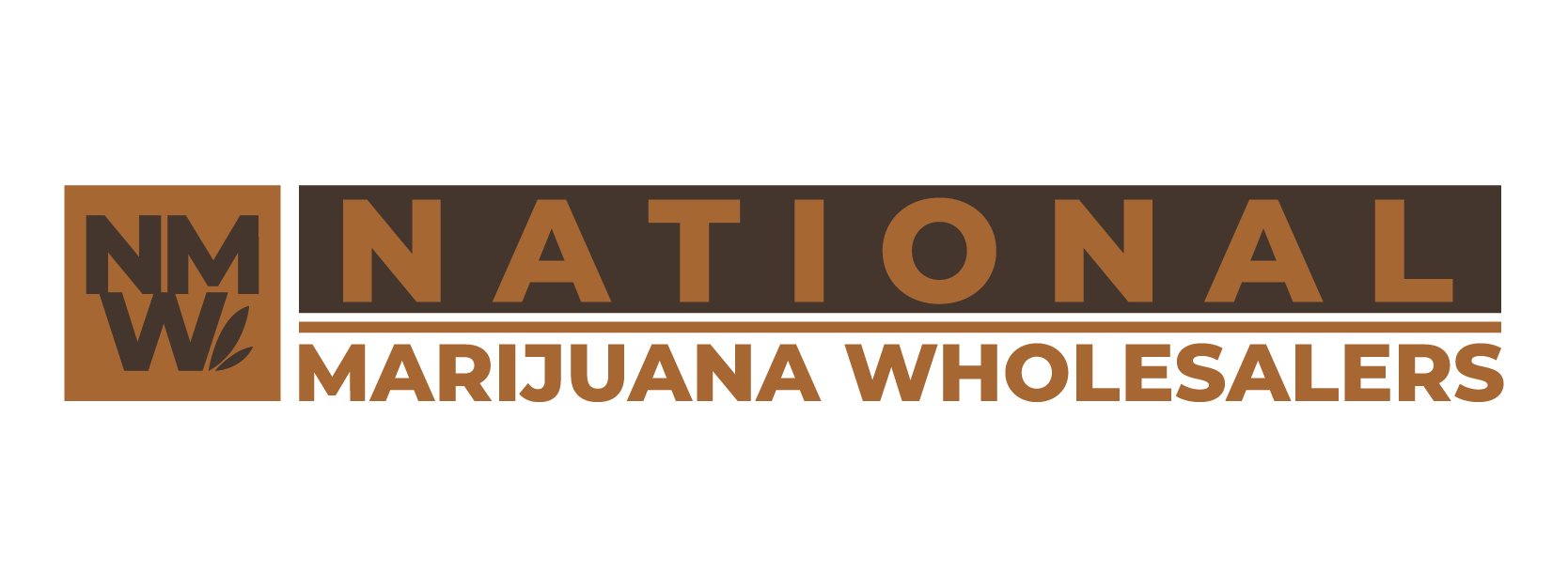For wholesalers and distributors, inventory is more than stock on a shelf—it’s a living ledger that must reconcile compliance, quality, and cash flow in real time. In cannabis, where every plant and package is state-tracked, technology isn’t a nice-to-have; it is the operating system of the business. From state seed-to-sale systems and RFID to IoT sensors and interoperability standards, modern toolchains are reshaping how wholesalers receive, store, move, and audit product—while reducing risk and unlocking margin.
Seed-to-sale as the compliance backbone
Nearly every legal market mandates a state track-and-trace platform. The most widely deployed, Metrc, defines the canonical record of plant and package movements and ties every action to a unique identifier (often embodied in an RFID tag). Properly used, it gives regulators a transparent view “from seed to sale,” and gives licensees an authoritative source of truth for reconciliations and manifests. Crucially, Metrc also supports integrations so wholesalers can connect their warehouse/ERP systems while remaining compliant.
States go further by prescribing how inventory must be documented in transit and upon receipt—requirements that affect distributors daily. Colorado, for example, requires an Inventory Tracking System–generated transport manifest for every shipment and obligates the receiving licensee to verify contents and immediately adjust records on intake—procedures that wholesalers can only execute efficiently with digitized workflows.
RFID and barcoding: speed, accuracy, and auditability
Because every package is serialized, automation is the difference between clean, fast cycle counts and error-prone manual reconciliation. RFID and robust barcoding let teams scan pallets, cases, and units at dock doors, staging lanes, and pick faces, generating real-time updates to inventory locations and quantities. Operators deploying RFID report faster counts, fewer keying errors, and tighter shrink control—all of which matter when compliance and cash conversion cycles are on the line.
For wholesalers distributing across multiple license types (cultivation, manufacturing, distribution, retail), RFID-enabled workflows create an auditable trail at each handoff. When paired with directed put-away and pick-to-light or mobile picking, RF systems reduce mis-picks and reconcile staged vs. shipped quantities automatically. Even when wholesalers rely on barcodes instead of RFID, the principle holds: machine capture beats manual entry for speed and accuracy, and makes surprise audits far less disruptive.
IoT and cold-chain monitoring: quality is compliance
Vape oils, live resin, and infused beverages are sensitive to heat and humidity; even packaged flower degrades if storage conditions drift. IoT data loggers and gateway-connected sensors provide continuous temperature and relative humidity monitoring from warehouse to truck to delivery. For distributors, this is both a quality and a compliance function: live telemetry and time-stamped histories support SOPs, verify chain-of-custody conditions, and accelerate root-cause analysis when there’s a complaint or recall. Broader supply-chain research shows rapid growth and standardization in real-time cold-chain monitoring, underscoring why cannabis wholesalers are adopting these tools to protect product integrity.
Beyond single-point sensors, some operators are piloting end-to-end platforms that marry IoT environmental data with event data (goods receipt, loading, delivery). Academic and industry analyses highlight how combining IoT with standards like EPCIS can provide a unified, queryable history—from “packed at facility X” to “transport temp spike at 2:14 p.m.” That visibility helps distributors enforce service-level agreements with carriers and prove compliance to regulators and brand partners.
Standards and documentation: reducing friction across partners
Technology pays off fastest when partners speak the same language. That’s why industry standards bodies matter. ASTM International’s D37 committee has issued and continues to develop standards for cannabis handling, packaging, storage, and labeling—process guidance that informs distributor SOPs and aligns quality expectations across the chain. Adopting such standards helps wholesalers translate regulatory requirements into consistent, auditable practices, and streamlines onboarding with new brands and retailers.
Why this matters to wholesalers and distributors
Tighter cash conversion and service levels.
Real-time inventory visibility (what’s available, where it sits, and its QA status) speeds order promising, reduces backorders, and shortens dwell time. RFID-enabled cycle counting and automated receiving shrink labor hours and let teams count more often without shutting down operations.
Lower compliance risk and audit pain.
When manifests, movement logs, and intake adjustments sync programmatically with the state system, discrepancies surface faster and are easier to remediate. Clear digital trails minimize downtime during inspections and reduce the chance of penalties tied to inventory variances. State rules mandating transport manifests and immediate record adjustments make automation a practical necessity, not a luxury.
Quality assurance that travels with the product.
IoT-backed condition monitoring protects potency, terpene profiles, and consumer experience—especially for cold-sensitive SKUs. If an excursion occurs, distributors can quarantine affected lots, alert partners, and document corrective actions with confidence.
Faster, cleaner recalls (if needed).
Because seed-to-sale systems bind finished goods back to production batches and cultivation lots, distributors can identify impacted inventory and customers quickly—limiting business disruption and preserving trust. State guidance explicitly ties batches to their origins to enable this traceability.
Future-proofing with emerging tech.
Looking ahead, blockchain and advanced analytics are being tested to reduce data silos, enhance tamper resistance, and streamline multi-party reconciliations. Early industry commentary points to combined blockchain-IoT models that improve transparency and speed root-cause analysis across complex, multi-license supply chains.
Building a pragmatic stack
For most wholesalers, the winning approach layers tools rather than chasing a silver bullet:
- Compliance core: Integrate warehouse/ERP and transport workflows directly with the state system (e.g., Metrc) to automate reporting, manifests, and receipts.
- Data capture at the edge: Use RFID or high-quality barcode scanning for intake, put-away, cycle counts, and picking; pair with mobile devices for on-floor execution.
- Condition monitoring: Deploy IoT sensors in storage and vehicles, with alerting tied to SOPs and disposition codes in inventory.
- Standards-driven SOPs: Map handling, storage, and labeling procedures to ASTM D37 guidance to harmonize expectations with partners.
The throughline is simple: accurate, automated data flows reduce compliance friction, protect product quality, and turn operations into a competitive advantage. In a margin-thin category, that’s the difference between scaling with confidence and constantly playing defense.
Learn More: Hytiva® at the Forefront of AI in Cannabis
